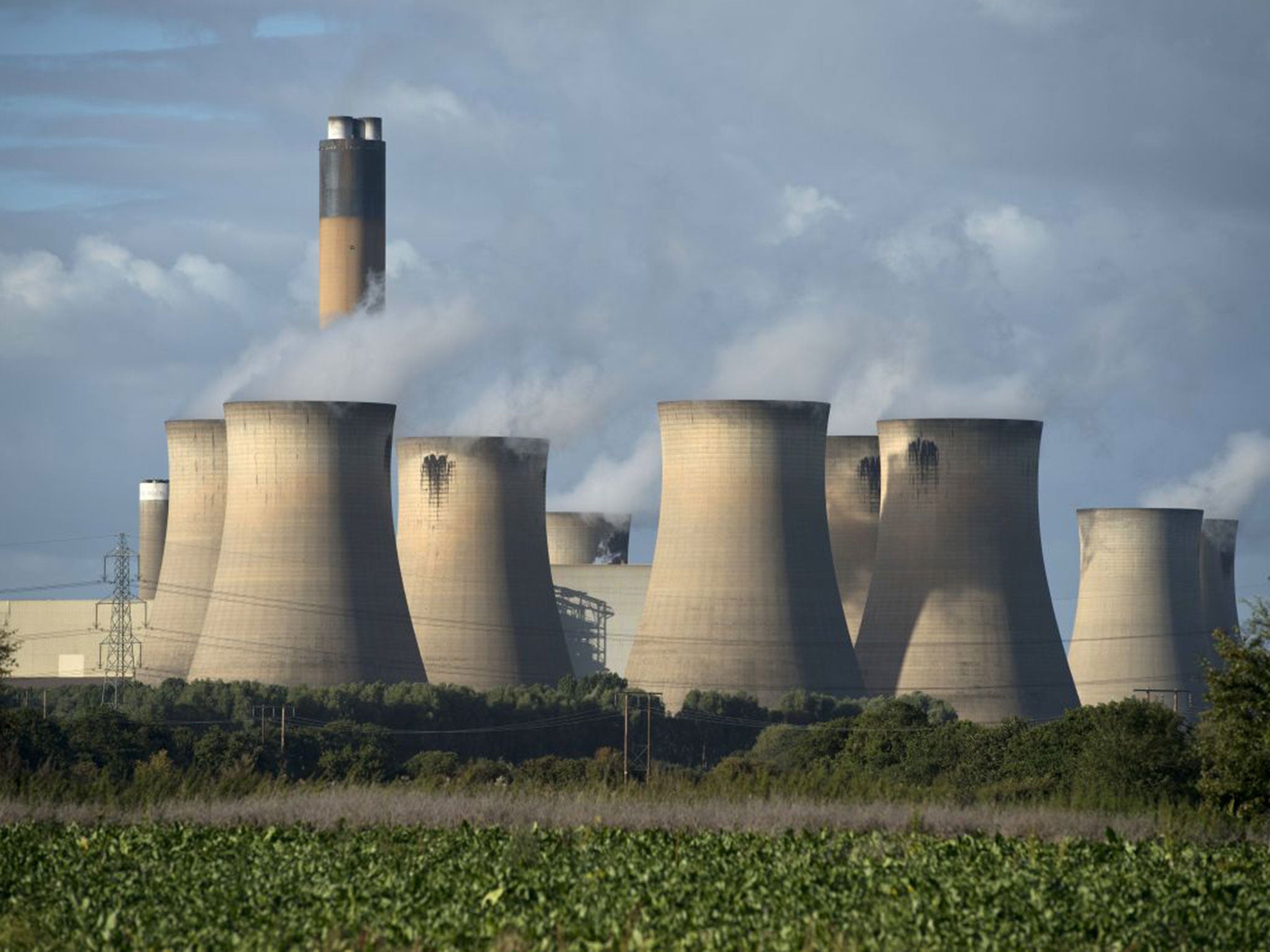Wind power overtook coal in the UK for the first time in 2016, say energy analysts
Coal power generation has fallen to just 9.2 per cent of total as the Government predicts all remaining power stations will be closed within five years

Wind farms across the UK generated more power than coal stations for the first time in 2016, according to climate analysts.
Coal electricity generation has declined to just 9.2 per cent of total power generation, a dramatic fall from 22.6 per cent in 2015.
Meanwhile, wind power provided 11.5 per cent of all energy over the course of 2016 – down slightly from 12 per cent in 2015.
Climate analysts Carbon Brief, which conducted the research, have hailed the news a “milestone” and said coal production had fallen to its lowest level since 1935.
Carbon Brief’s policy editor, Simon Evans, said this means CO2 emissions from UK energy would have fallen by around 20 per cent of the course of last year as coal was replaced by natural gas production which is much cleaner.
He said this would be enough to cut the UK’s overall CO2 emissions by six per cent for the year if other sectors’ emissions remained the same.
He explained: “The past 12 months have seen a year of firsts for the UK’s electricity system. At the broadest level, the UK grid is changing as centralised power stations are joined by thousands of smaller sites, particularly renewables, as part of efforts to decarbonise electricity supplies.
“Other important factors include falling electricity demand, rising imports from continental Europe and changes in the relative price of coal and gas on wholesale energy markets. The UK’s top-up carbon tax, the carbon price floor, also doubled in April 2015.”
It comes after the Government pledged to phase out coal power completely by 2025 in an effort to meet carbon reduction targets.
Three major coal power stations closed last year and there were days when the country was able to fill its energy needs without burning coal at all.
In a consultation published in November, the Department of Business, Energy and Industrial Strategy suggested that all remaining coal powered stations in the UK would shut down within five years as it became increasingly uneconomical.
Join our commenting forum
Join thought-provoking conversations, follow other Independent readers and see their replies
2Comments